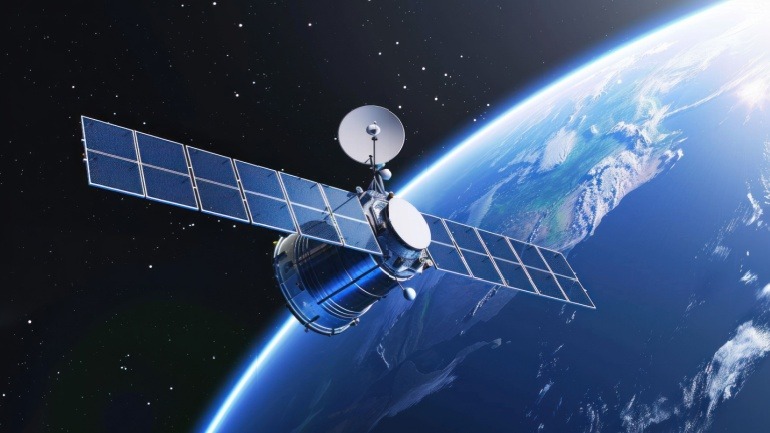The continuous advancement of wireless technology is set to redefine connectivity, with TP-Link pushing the envelope by testing Wi-Fi 8. This development marks a significant leap, with the potential to surpass current Wi-Fi 7 capabilities.
TP-Link recently unveiled successful tests of its early Wi-Fi 8 prototype. This step brings the industry closer to the next era of wireless communication. The tests confirmed the efficiency of Wi-Fi 8’s beacon and data-transfer functions, indicating the readiness for practical deployment. The company anticipates consumer electronics equipped with this technology before the official Wi-Fi 8 standardization, expected by 2028.
Unlike previous iterations, Wi-Fi 8 is not just about peak speeds. While it maintains a bandwidth of 320 MHz and top speeds around 46 Gbps, the focus shifts to practical, real-world conditions. Enhanced signal management may achieve a 25% throughput improvement, while sustaining performance despite numerous simultaneous connections.
Wi-Fi 7 has already set high benchmarks with its multi-gigabit speeds and low latency. However, its successor aims to transcend these boundaries, especially in challenging scenarios like interference or congestion. The IEEE outlines Wi-Fi 8’s goals: faster throughput in low-signal areas, reduced latency, and decreased packet loss. This makes it promising for environments where seamless connectivity is crucial.
Early Wi-Fi 8 prototypes include features like Enhanced Long Range and Distributed Resource Units to extend coverage and optimize resource allocation. Technology such as Unequal Modulation ensures stable connections for various signal strengths. These enhancements promise more consistent and expansive network coverage compared to current standards.
The focus on reliability over sheer speed marks a strategic shift. As echoed by major players like Qualcomm, smoother operation and better device coordination are prioritized over raw bandwidth. If achieved, Wi-Fi 8 could significantly improve connectivity in homes, workplaces, and public spaces.
In business contexts, Wi-Fi 8 could rival wired networks in reliability, enabling automation and real-time decisions essential in sectors such as healthcare and logistics. At home, it caters to the increasing demand for stable networks amidst growing smart device utilization. Public venues like airports and stadiums would benefit through enhanced handling of dense user populations and critical systems.
Despite the lack of extensive details on TP-Link’s test, industry speculation points to major tech contributions, possibly from companies like Qualcomm or Intel. The projected timeline suggests official certification in 2027, potentially leading to Wi-Fi 8’s mainstream appearance by 2028.
The promising developments in Wi-Fi 8 technology signal a transformative future. Not only could it elevate speed benchmarks, but it also vows to fortify network dependability. This prospect should excite professionals who envision wireless systems as foundational pillars of modern connected living.







